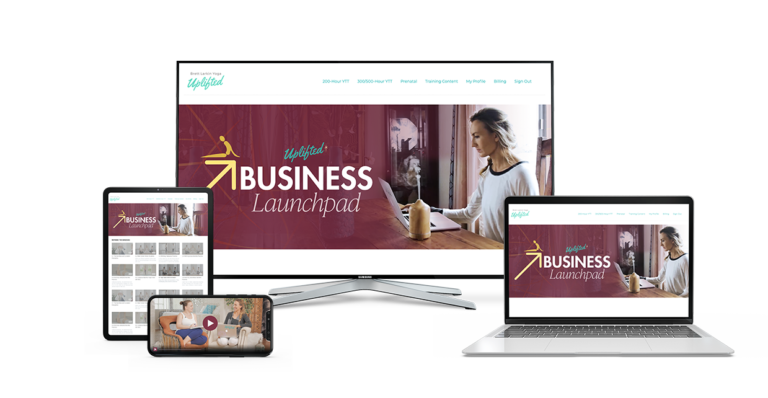
Great news, y’all!
Nowadays, even more companies are realizing the advantages of having a wellness program, and are eager to offer yoga to their employees.
So if you’ve been on the fence about teaching corporate yoga, YOUR TIME IS NOW!
If corporate yoga is not part of your yoga business plan, it absolutely should be! It offers yoga teachers consistency, a higher pay rate than that of your typical studio, and a relatively easy way to get private yoga clients. If you’re not convinced about teaching corporate yoga, read more about why you should be and how to approach it.
And because it’s harder to drop into a business and introduce yourself as a potential teacher than it is to do the same at a yoga studio, sending cold emails is THE key to landing your next corporate teaching gig.
I also know that sales emails are probably the biggest pain point for yoga teachers. Cold email strategy isn’t covered in most yoga teacher trainings. That’s why I’m here to help you get a head start in the corporate yoga world and get comfortable with cold emailing…today!
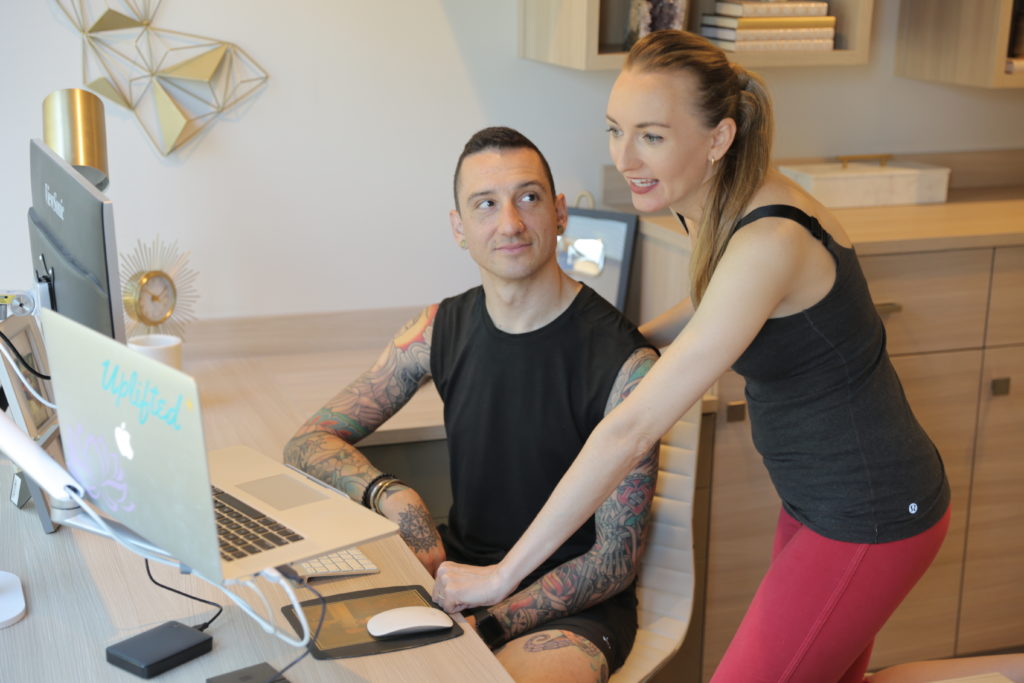
What Is a Cold Email Inquiry?
A cold email inquiry is an unsolicited email that offers products and services—it’s the modern day cold call! The purpose of a cold email is to establish contact with potential clients.
Warm vs. Cold Email Inquiries
Before doing your email outreach, it’s important to note the difference between warm and cold email inquiries:
- Cold email inquiry: Your “pitch” is unsolicited and you don’t have a prior relationship with the business or its employees.
- Warm email inquiry: Your “pitch” is solicited, you have a point of contact in the business, or a personal reference from an employee.
How to Prepare Yourself to Write a Cold Email
Doing a few key things before you send cold emails will ease the process and increase your chances of success.
- Prepare your resume. Your prospects are busy and you have a small window to make a good impression, so make sure to nail this step and send your perfect yoga instructor resume.
- Do research on your prospect’s company. Gather as much information about them as you can online and then make a quick call to human resources to ask them for the appropriate person’s contact information. You may also want to ask about the prospect’s company values, number of employees, what benefits they offer, etc. to see whether this company is your “ideal customer” or if you want to keep looking.
- Professionalize your website and have a page solely for your corporate yoga offering. Make sure your website functions well, is polished, and highlights your corporate yoga offering. You may want to professionalize your email account name and “company name” too.
- Have a budget for props. Depending on the company and your agreement, it’s not uncommon that you’ll be expected to supply props for your corporate classes, so make sure you have some money ready to invest in this start-up cost for your corporate yoga business.
- Get liability insurance. This shows your prospective employer that you are professional, thoughtful, and prepared, and of course it protects you too!
Working with Corporate Yoga Clients
It’s important to consider how working with corporate yoga clients is both similar to and different from yoga studio clients so you know what you’re getting into and so you can WOW your corporate client with your preparedness, even if they’re your first.

Corporate Teaching vs. Studio Teaching: Similarities
- You will have mixed levels. Be prepared to offer modifications and prop usage for most poses.
- People just want to feel better! Design your classes with this aim in mind to make things simpler for you and more effective for them.
- Relationship is everything. You need to get to know your corporate clients in the same way you would a private group to understand what they can benefit from the most.
- Timeliness is crucial. You need to be on time. Meaning, like 30 minutes early to prep the space and account for unexpected events.

Corporate Teaching vs. Studio Teaching: Differences
- There might not be a practice space. You may end up needing to bring your own props and to arrive earlier than normal to do things like move conference tables, turn on the oil diffuser, change the lighting etc. in order to transform a dull office space into a yoga sanctuary. Don’t be afraid to put your students in charge of creating this space! You can’t move all that furniture on your own!
- People may have a harder time detaching from work. This is kind of a no-brainer as they’re literally at work LOL, but it deserves to be said. Be prepared for people that seem more distracted than usual. Don’t take it personally, but feel free to include it in your theme and keep bringing them back into the present moment. Pro-tip: The more you transform the space the better they’ll be able to be present and relax.
- The students may not be yogis. Instead of coming to class for a sweaty yoga workout or because they have a genuine interest in yoga philosophy like students at a typical studio, it’s possible they’re there because it’s free or a paid break LOL. So go lighter on advanced poses and spiritual stuff and focus on simple poses, breathing, and relaxation.
- You may have more beginners than usual. Remember some are there because they get paid to be. Simplify your cues and have modifications and props ready to meet your students where they are.
- You’ll be better able to tailor your classes and serve your students. You have something you don’t have in a typical studio class: knowledge of the types of work your students do—what an amazing opportunity to help them out, hey? Are they desk-jockeys that need more neck, wrist, and hip release? Or standing all day in a laboratory or a factory and need to give their feet some love? Fill your classes with things that relieve the common imbalances associated with their particular line of work to help them receive the most benefit.
- People may feel extra self-conscious and out of their comfort zones. Doing yoga around your coworkers can feel even more scary and uncomfortable than usual. Imagine being in their shoes, it’s like great, now Jan from accounting is going to know how I shake and sweat profusely in plank pose and how I’m nowhere near to being able to touch my toes #embarrassing, for example. This is all the more reason to keep your poses on the accessible side and you could even acknowledge this aspect and weave into your classes an inward focus and the themes of compassion and acceptance towards how we are today and cultivating curiosity over judgement.
- You may have less than an hour to teach. Companies might give their employees one hour total time for practice so they’ll need time to change clothes and have a snack too. Become good at offering shorter 35-45 minutes classes depending on your client’s needs.
- Timeliness is SUPER crucial. In a corporate setting, running a bit over time might result in more than a grumpy look from the next teacher coming in or students leaving before savasana, but it makes your students feel they can’t relax because they need to watch the time and it could ultimately jeopardize your job.
- Professionalism is vital. Even more than regular classes, it’s important that you show up early, dress appropriately, be very clear about hands-on assists, respect their time, etc. Adding the extra polish will go a long way towards growing your corporate yoga business.
Save Hours with my Proven Formula. FREE Yoga Business Plan Download
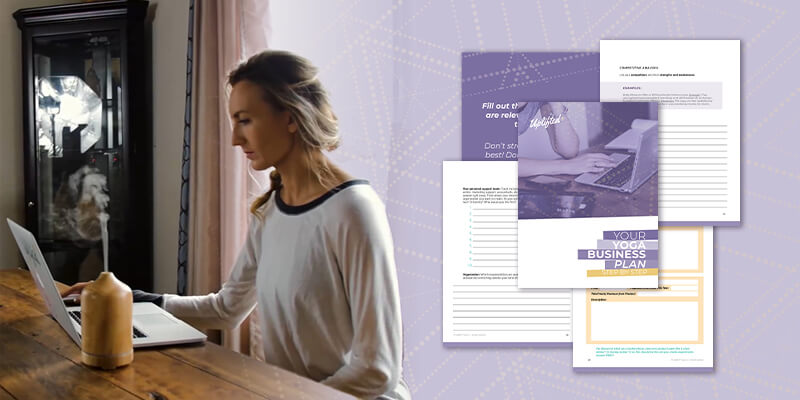
How to Approach Sending Cold Email Inquiries for a Corporate Teaching Job
Step 1: Set Your Rate
Teaching at yoga studios often doesn’t allow us to name or negotiate our rate, and so this step will be new for many of us—and it’s an important one! Make your price competitive and high enough to consider you may need extra time to arrive early and set up the space, bring props, lighting, etc. and high enough that it inspires your highest level of professionalism and teaching. If pricing is still daunting for you, I’ve got you covered here! I highly recommend also having a professional way to receive payments.
Step 2: Get an Insider to Recommend You
A recommendation from an employee will greatly increase your chances of getting hired and could even inspire them to create a yoga and wellness program if there isn’t one already. Share during your studio classes that you’re looking for businesses that might be interested in having corporate yoga at their offices to help generate warm leads.
Step 3: Identify Your Point-Person
What makes for terrible cold emails? Sending the same email to every company and simply addressing it to HR. Instead, write a personalized cold email to the specific person that organizes (or would organize) the company’s wellness program. This respects the employees’ time and shows your professionalism and consideration.
Step 4: Emphasize Your Corporate Teaching Experience
If you have corporate teaching experience, that is a huge part of your value proposition! Highlight this experience in your resume and use it as an intriguing subject line. You may even include a reference letter from a former client if you have corporate yoga experience. But if you don’t have corporate teaching experience…don’t panic! Focus on getting warm leads through your studio clients and you can even include on your website or promotional materials some of the key considerations that are unique to corporate yoga classes so they feel confident that you know what you’re doing and that you’re the right person for the job. You could even offer a few free classes as practice and to get your foot in the door with some potential leads.
Step 5: Follow-Up
The difference between a successful email campaign and email marketing that falls flat could be a single follow-up email. Business people are busy and perseverance is the friend of every sales rep…so rep yourself! If you’re reeeally not feeling this part, cold email software offers tracking abilities, cold email templates, automated follow-up emails and more.
Step 6: Be Patient
Remember that it can take some time for things to get approved even in a small organization. Be patient if you’re waiting to hear back on an opportunity, and if you get a “no” from your first cold outreach email…keep trying! From all of your cold prospects it takes just one “yes” to get the experience you need to keep growing your corporate yoga business.

What to Include in a Corporate Yoga Job Inquiry Email
Often it’s understanding what we need to do that’s harder than actually doing it! So here’s the low-down on what exactly to include in your cold email campaigns:
- An intriguing subject line. Effective cold email subject lines might highlight your relevant experience, mention a key benefit of wellness programs, or state your personal connection to the organization.
- Personalization. Use the correct point person’s name to stand out by respecting their time and showing you’ve done your research.
- Who you are, what you do, and your motivations. BRIEFLY state your background, relevant experience, what you offer, and why you offer it.
- Ask about their current wellness program. If they already have a yoga instructor, keep them in mind as a future lead. If they don’t have yoga in their wellness program, you could send some research on its benefits for employers in your follow-up email.
- A free offering. Invite them to try a free sample class or an afternoon workshop so they have an easy way to meet you and experience the benefits of what you offer.
- A clear call to action. Ask clear, simple, and direct questions to keep the conversation going. This could be asking them if the best way to contact them is via phone, when they might be able to have a chat, what their wellness budget and interests are, etc.
- A cold email signature. This is like your virtual business card and it’s another opportunity to stand out and leave an impression. You may include a photo, your contact information (other than the email address that you’re writing from), your yoga teacher designation, your signature quote or tagline, and a link to your best social media account or relevant blog post.
- Keep it short. Remember these are business people, not necessarily yogis. Be polite but keep your communication direct and clear to show you’re professional and easy to work with.
Cold Email Templates to Get a Corporate Yoga Teaching Job
Whether you have a cold contact (where you have no connection with the person or organization) or a warm contact (someone who’s expressed interest in your services or who was referred to you by a mutual connection), here are some cold email templates to get you started!
Jump ahead:
- Cold Email Template: Initial Outreach
- Warm Email Template: Initial Outreach
- Follow-Up: Cold Email Template
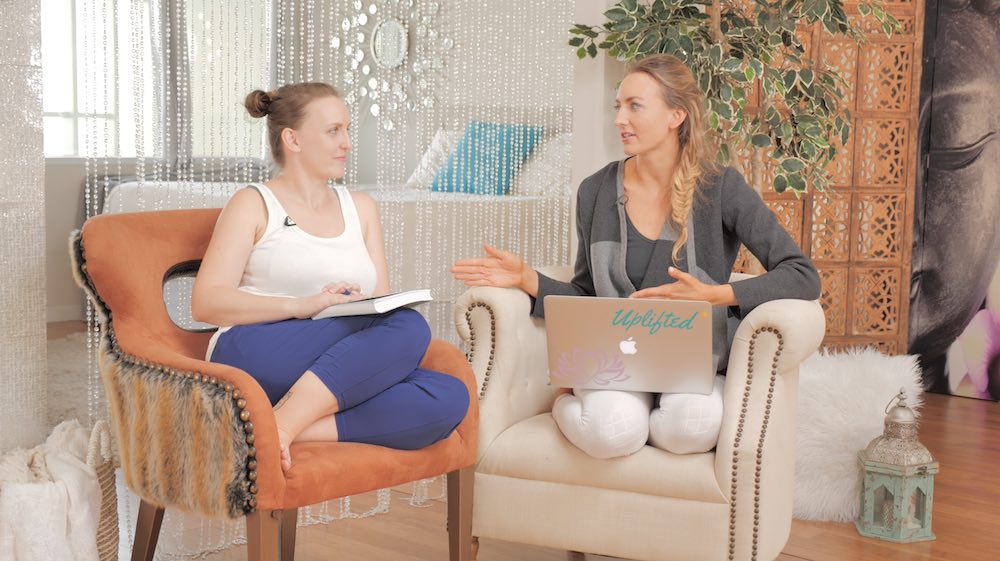
Cold Email Template: Initial Outreach
Subject Line: Enhance Your Wellness Programming in 2022
Hi [point of contact’s first name],
I’m a yoga teacher specialized in corporate wellness. I regularly teach those who work at a desk and was curious if yoga/meditation/mindfulness was part of your current offering? I’d be happy to….
give a free sample class
arrange a holistic wellness afternoon for your employees that includes [XXX]
offer your employees my signature program [XXX] which is a [X] hour/day workshop that helps them [insert result]
Is the best way to connect via phone? I can send a more detailed proposal if you let me know your budget and what you’re interested in.
I look forward to hearing from you,
[Your name and cold email signature]
Warm Email Template: Initial Outreach
Subject Line: Hi from [friend’s name]’s friend [your name] (AKA Hi from Sara’s friend Brett)
Hi [point of contact’s first name],
[Friend’s name] gave me your contact info. [He/she] is a regular at my yoga classes and told me you might be interested in adding yoga/meditation/mindfulness as part of your employee wellness programming. I’d be happy to….
give a free sample class
arrange a holistic wellness afternoon for your employees that includes [XXX]
offer your employees my signature program [XXX] which is a [X] hour/day workshop that helps them [insert result]
I have experience in corporate wellness and bringing yoga into the workplace is a particular passion of mine. Is there a time that works well to connect on the phone next week?
I look forward to hearing from you,
[Your name and cold email signature]
Follow-Up: Cold Email Template
Subject Line: Following Up
Hi [point of contact’s first name],
Just wanted to close the loop on our prior emails. Is your wellness programming for the year already set?
As I mentioned, I specialize in corporate yoga and would be happy to….
give a free sample class
arrange a holistic wellness afternoon for your employees that includes [XXX]
offer your employees my signature program [XXX] which is a [X] hour/day workshop that helps them [insert result]
If this doesn’t interest you, can you provide me with some feedback about what you’re looking for?
Thanks,
[Your name and cold email signature]
Key Cold Email Takeaways for Corporate Teaching
If sending a sales email is still one of your pain points, just focus on these few takeaways:
- Teaching corporate yoga is a key way to have a sustainable yoga teaching career
- Be prepared for the differences of teaching in a corporate setting
- Get “warm” leads by sharing your desire to teach in a corporate setting with your existing students
- Up your professionalism game
- Keep your emails direct and to the point
- …and charge accordingly for all your efforts!
Next Steps:
- Explore my Yoga Teacher Resource knowledge hub for more tips about how to grow your yoga business.
- Download my sequences for a jumpstart on your upcoming yoga classes!
- For more detailed tips, processes, and worksheets to supercharge your yoga business, download my yoga business launchpad course!
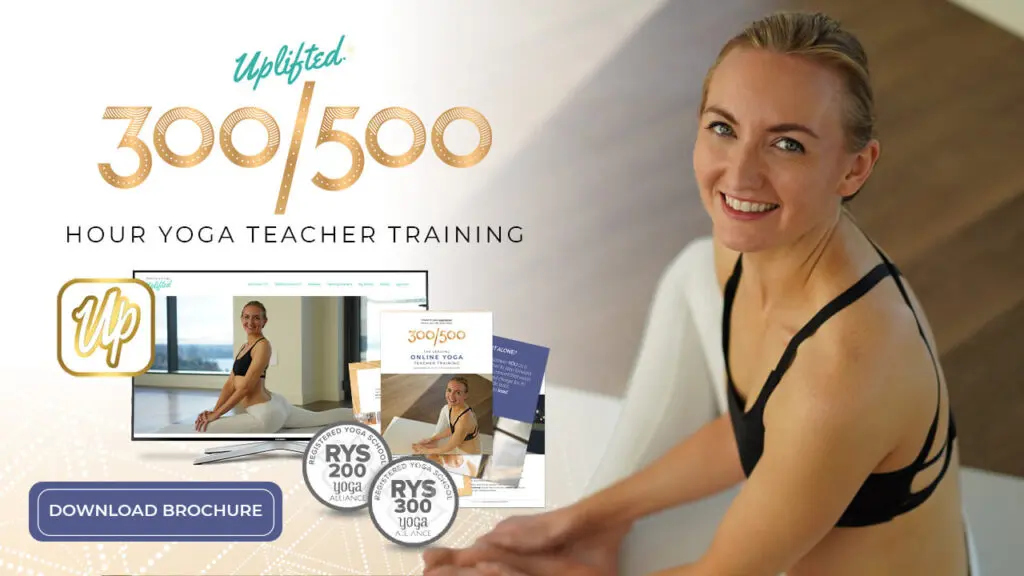
Sneak Peak into My 300-Hour YTT - FREE Videos, Info Session, Bonuses!
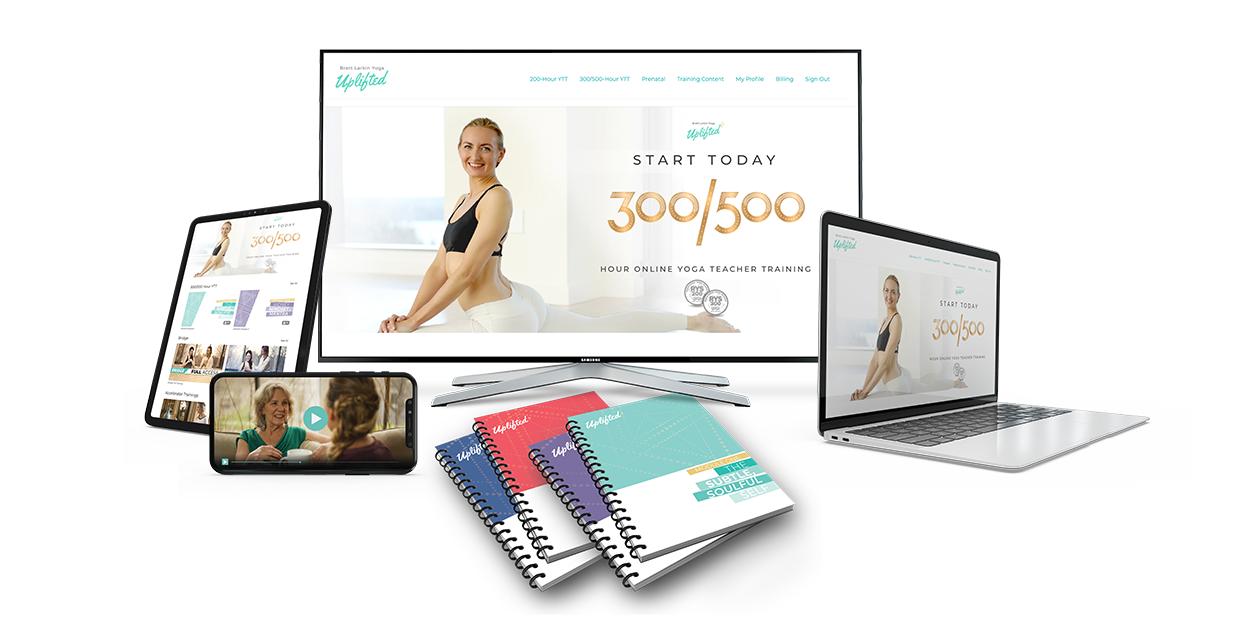
YOU MIGHT ALSO LIKE
- Somatic Yoga Workshop Ideas for Teachers
- Somatic Yoga For Yoga Teachers: Everything You Need to Know in 10 Steps
- How to Teach Somatic Yoga: A Practical Guide for Instructors
- How Much to Charge for Zoom Yoga Class: A Practical Pricing Guide
- Comprehensive Guide to Your Yoga Service Agreement
- How To Create Mindful Somatic Yoga Sequences Your Students Will Love
- What Is Mindset Coaching? A Complete Breakdown
- 5 Affordable Yoga Teacher Insurance Plans (Updated 2024)
- How To Make A Life Coaching Intake Form
- 7 Steps To Start A Life Coaching Business
- What Is A Self Love Coach? And How To Become One
- Self-Coaching: How To Become Your Own Life Coach
- Types Of Life Coaches: How To Choose Your Life Coaching Niche
- 20 Awesome Ways To Make Money As A Yoga Instructor
- Life Coach Marketing: A Comprehensive Guide For Long-Term Growth


